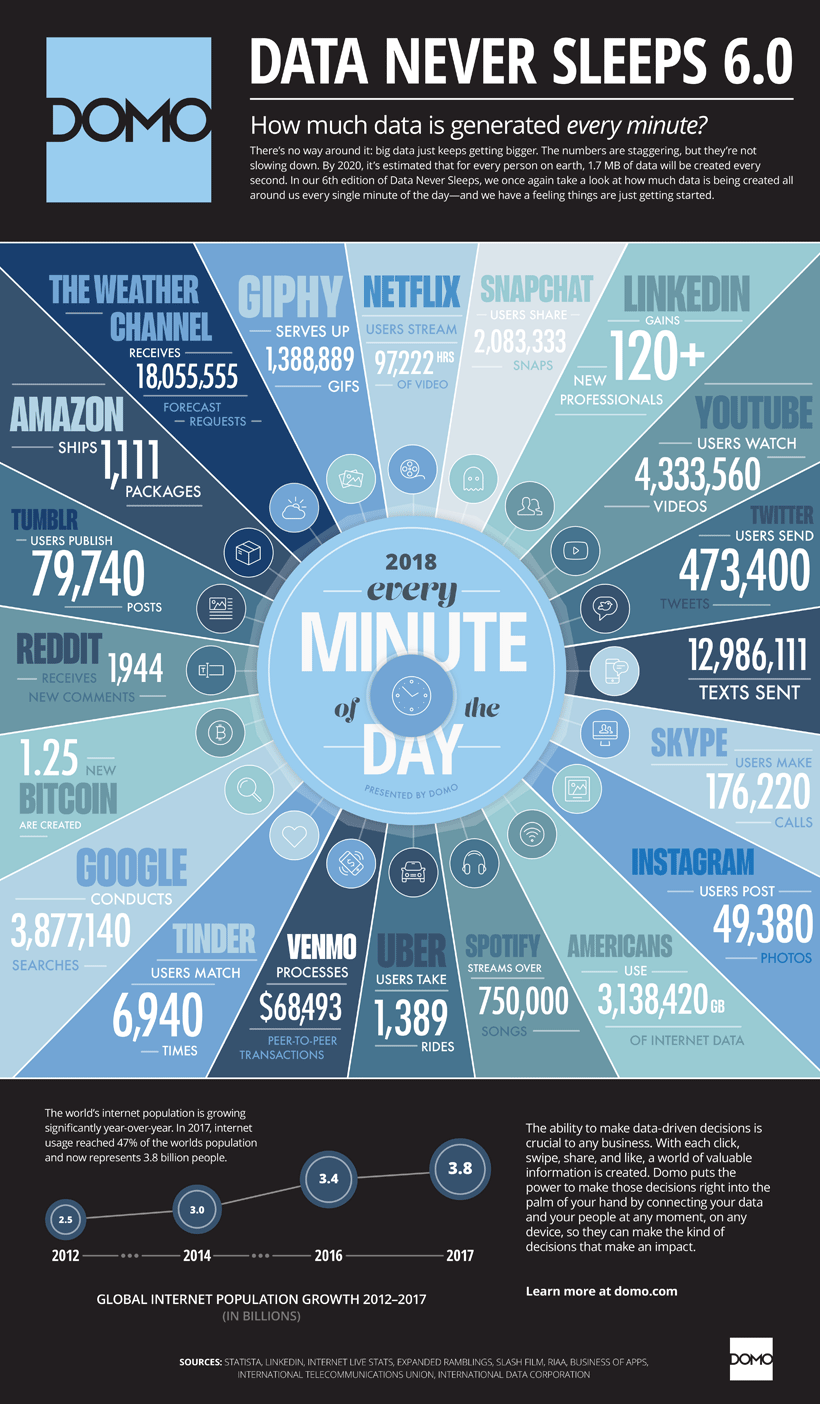Are you tired of hearing the overused phrase “content is king”? Yes, it is used quite frequently and probably brought up in every strategy meeting if you specialize in content development. It’s almost as popular as the slogan “Yas, kween!”
However, the truth of the matter is that content, in all its beautiful forms, is extremely important. It reigns, like a king, over many of the other business development strategies that help get your message across. Content is a way of communicating your thoughts, including your business and personal mantras to the digital world.
You might have even asked yourself what the big deal about content is, and why everyone is making a massive fuss about it. Alternatively, the thought might have crossed your mind on how much time you should invest in understanding the meaning behind the value of content. Here is a simple visualization: Could you imagine if Instagram, Facebook, and Twitter were filled with irrelevant mumble-jumble with no vital purpose? Would you still be actively engaged with people or brands on those social channels?

Still not convinced that content is relevant?
Content is such a critical component in marketing because it is your way of communicating with your audience. Understanding how your target audience digests your business content will allow you to strategize which type of material should be developed, and what the action plan is to achieve your business goals.
Establishing the correct content strategy will take time and strategic execution; therefore, being well-informed and smart with marketing your content is imperative in increasing your conversions. So let’s dive into the different types of content and why it’s so imperative to integrate them into your social strategy.
The two most common content variations are curated and created content.
What is the difference between the two?
According to HootSuite Academy, curated content is aggregated information that is gathered “from trusted sources relevant to your industry” and shared across your channels, while still providing photo and author credit (i.e., sharing articles on your social media platforms, reposting of an brand influencer image on Instagram, retweeting a video on Twitter, or adding a YouTube embed code on your website).
Created content is original content “produced within your organization” (i.e., photos that you take and post on Instagram, original blogs and articles you write for LinkedIn and your website).
Now that you know the difference, what’s the importance of integrating both into your social strategy?
The infographic below from Domo is a quick overview of how much content is distributed in one minute. With so much content being pushed out on multiple platforms, it’s hard to declutter the noise, especially on numerous outlets (i.e., social media platforms, websites, forums). So, how will your curated or created content be found? If your goal is to increase visits to your site, how do you get content in front of your consumers?

Consumers are beginning to find strategies on how to funnel relevant content to ensure that they are receiving information that pertains to them while filtering out the spam and unnecessary information. Some of these filtering actions can be as simple as following specific Instagram influencers, joining a local Facebook group, and binge-watching YouTube unboxing videos.
In this situation how do you deliver content that is engaging and relevant on those platforms? Quick tip on where to get started: Take a look at your website and see which landing pages individuals seem to engage with more. If you sell beauty products, and there are more website visits to facial products, feature a blog that discusses the benefits of using facial product nightly. You can even share industry related articles on how to apply facial product for the best results.
Here’s how to balance curated and created content into your social strategy.
Knowing your targeted audience is such a crucial element in building a strong marketing strategy. How do you market your product to a consumer if you don’t know who they are? Once you can narrow down who your target audience is you will be able to build content that pertains specifically to them. Do some data investigating, and find out your business demographic, their interests, what products they’re purchasing, what your landing page bounce rates are, and the engagement on your social channels. Once you have that locked down, you will be able to see how much curated versus created content you will need to create.
Data Source: Convince & Convert
The following data from Convince and Convert showcase the results when companies post the following: all curated content, all original content, or a balance of both. Based on the following numbers, a balance between the two results in higher conversions per post. Depending on which channel you are posting to, this will also determine the frequency of posts you will be scheduling out. For example, there will be a higher volume of content being distributed out on Twitter than any other social channel.
Discover what’s trending in your industry.
Finding the appropriate content to write about and share is a way for companies to showcase their knowledge as thought-leaders within their industry. Consumers follow specific brands because they trust them. Therefore, being strategic in how you distribute your content will inform your audience that you are well-versed and knowledgeable. Once you gain their trust, they will follow you, engage with your content, and be ambassadors for your brand and company.
Having a balance between curated and created content will showcase your knowledge within your industry and your willingness to partner with like-minded individuals who share relevant thoughts and informative material about your common interests. Put yourself in your readers’ shoes. Read what they read and find what is current and trending within your industry. If you’re in the fashion industry, start featuring content with fruit print, for example.
Remember it’s not about pushing out as much content as possible.
Being thoughtful, original, and strategic with your content marketing strategy will put you ahead of your competitors. Instead of grasping for straws and pushing irrelevant content to your audience, take a step back, and analyze what information can help benefit them. “Yas content kween or king,” now that you know the importance between curated and created content, it’s time for you to start building your marketing strategy and reign over your content distribution.




